- Home
- Blog
- Personal Finance
- 5 Creative Budgeting Hacks to Boost Your Savings Fast
5 Creative Budgeting Hacks to Boost Your Savings Fast
Personal Finance
18 February 2025
DNBC Team
This article is a part of DNBCGroup Blog Center
Contact DNBCGroup for the technology news, tips, trends, and updates.
Are you tired of living paycheck to paycheck, even when trying your best to save? You're not alone. Millions of people struggle to build savings, especially on a tight income. No matter how hard you try, it often feels like there's just not enough money left over at the end of the month. Traditional budgeting methods can feel restrictive and, frankly, boring. They can be hard to stick to, leaving you feeling defeated and further away from your financial goals. But what if there were more creative ways to budget money and save, even when limited funds are available? There is! This article reveals five unconventional yet powerful personal money management tips that can transform your finances. We'll explore the No-Spend Challenge, the Cash Envelope System, the "Pay Yourself First" method, Gamified Savings Challenges, and how to leverage budgeting apps with unique features. These aren't your grandma's budgeting strategies – they're designed to be engaging, flexible, and, most importantly, effective, even on a tight income. Get ready to finally take control of your finances and build a brighter financial future.
Why Traditional Budgets Don't Always Work (And What to Do About It)
Traditional budgeting, while well-intentioned, often sets people up for failure. The rigid structure and meticulous tracking can quickly become overwhelming, leading to burnout and abandonment. One major pitfall is the feeling of restriction. Constantly denying yourself even small pleasures can make budgeting feel like a punishment, making it unsustainable in the long run. Another common issue is a lack of flexibility. Life throws curveballs – unexpected expenses arise, and a rigid budget can't always accommodate them, leading to frustration and feelings of failure. Many traditional methods are also overly complicated, requiring detailed tracking of every penny across numerous categories. This can be time-consuming and mentally draining. Finally, let's be honest: traditional budgeting can be boring! If a system isn't engaging, you're less likely to stick with it. If you're thinking, "help me manage my money in a way that works," the good news is there are alternative approaches. These creative budgeting methods, which we will explore below, are designed to solve all the classic problems with traditional budgeting.
5 Creative Ways to Budget Money and Save
- Method 1: The No-Spend Challenge
- Introduction: The No-Spend Challenge is a short-term, intensive approach to saving money and becoming more mindful of spending. The core principle is simple: you commit to spending no money on non-essential items for a predetermined period. This isn't about deprivation; it's about hitting the "reset" button on your spending habits.
- How it Works:
- Choose Your Duration: Decide how long your challenge will last. Popular options include a weekend, a week, or even a full month. Start small if you're new to this.
- Define "Essential" vs. "Non-Essential": This is crucial. Essential expenses typically include rent/mortgage, utilities, groceries (basic, not dining out), transportation to work/school, debt payments, and essential medications. Non-essentials are everything else: entertainment, dining out, coffee shop visits, new clothes (unless truly needed), impulse buys, etc.
- Plan Ahead: Prepare for your challenge by stocking up on essentials. Cook meals in advance, find free entertainment options, and communicate your challenge to friends and family.
- Track Your Progress (and Savings!): Keep a journal or use a note-taking app to document your experience. Note any temptations you resisted and how much money you saved each day.
- Reflect: At the end of the challenge, reflect on what you learned. What spending habits surprised you? What can you realistically cut back on in the long term?
- Benefits:
- Rapidly increases savings.
- Boosts awareness of spending habits.
- Helps break impulsive buying patterns.
- Increases appreciation for what you already have.
- It can be surprisingly fun and empowering.
- Potential Drawbacks/Considerations:
- It can be challenging to navigate social events.
- Unexpected expenses may arise (have a small emergency fund for true emergencies).
- It is not sustainable as a long-term budgeting strategy.
- Tips for Success:
- Start with a shorter duration (e.g., a weekend) to build confidence.
- Get a friend or family member to join you for support.
- Plan free activities (hiking, board games, potlucks).
- Focus on the why behind your challenge (your financial goals).
- Don't beat yourself up if you slip up – just get back on track. This is an excellent personal money management tip for short-term savings.

- Method 2: The Cash Envelope System
- Introduction: The Cash Envelope System is a classic budgeting method that leverages the power of physical cash to help you stay within your spending limits. It's particularly effective for categories where you tend to overspend (e.g., groceries, dining out, entertainment).
- How it Works:
- Determine Your Budget Categories: Identify the areas where you want to control spending. Common categories include Groceries, Dining Out, Entertainment, Clothing, Gas, Pand ersonal Spending.
- Allocate Cash to Each Envelope: At the beginning of each pay period (or month), withdraw the budgeted amount for each category in cash.
- Label Envelopes: Clearly label each envelope with its corresponding category.
- Spend Only from the Envelopes: When you purchase in a specific category, use only the cash from the designated envelope.
- Stop Spending When the Envelope is Empty: This is the key! Once the cash in an envelope is gone, you're done spending in that category until the next pay period.
- Handle Online Purchases: This can be tricky. One option is to withdraw the cash for online purchases and keep it in a separate "Online Purchases" envelope. Another is to use a prepaid debit card loaded with the budgeted amount.
- Track your leftover: Save the amount you have left over for the next month, or use it to pay other bills.
- Benefits:
- Provides a visual, tangible representation of your spending.
- Prevents overspending by creating a hard limit.
- Increases awareness of where your money is going.
- Helps you prioritize needs versus wants.
- Potential Drawbacks/Considerations:
- Carrying large amounts of cash can be risky.
- Requires regular trips to the ATM.
- Can be inconvenient for online purchases.
- Tips for Success:
- Start with a few key categories to avoid feeling overwhelmed.
- Use smaller denominations of bills for greater flexibility.
- Keep your envelopes in a safe place.
- Consider using a digital cash envelope system app for a hybrid approach.
- Method 3: The "Pay Yourself First" Method
- Introduction: The "Pay Yourself First" method flips the traditional budgeting script. Instead of saving whatever is left over at the end of the month (often nothing), you prioritize saving before paying any other bills or expenses.
- How it Works:
- Set a Savings Goal: Determine how much you want to save each pay period (e.g., 10%, 15%, or a specific dollar amount).
- Automate Transfers: Set up automatic transfers from your checking account to your savings account (or investment account) on your payday.
- Treat Savings Like a Bill: Consider your savings contribution a non-negotiable expense, like rent or your phone bill.
- Adjust Your Spending Accordingly: Once your savings are automatically transferred, create a budget for your remaining expenses based on what's left.
- Benefits:
- Ensures consistent savings.
- Takes advantage of the power of compound interest (especially for long-term savings).
- Reduces the temptation to spend money that should be saved.
- Simplifies budgeting by prioritizing savings first.
- Potential Drawbacks/Considerations:
- Requires careful planning to ensure you have enough money left for essential expenses.
- May require adjusting your spending habits.
- Tips for Success:
- Start with a small, manageable savings percentage and gradually increase it over time.
- Use a separate savings account that's not easily accessible for everyday spending.
- Automate, automate, automate! This is the key to making this method work.

- Method 4: Gamified Savings Challenges
- Introduction: Gamified savings challenges turn the often-tedious task of saving money into a fun and engaging game. They leverage the power of small, incremental steps and visual progress to keep you motivated.
- How it Works:
- Choose a Challenge: There are many different challenges to choose from. The most popular is the 52-Week Challenge.
- 52-Week Challenge: In week 1, you save $1. In week 2, you save $2, and so on. By week 52, you're saving $52, and you'll have saved $1,378!
- Other Variations:
- Penny Challenge: Start with a penny on day one and double the daily amount.
- Weather-Based Saving: Save money each day based on the outside temperature.
- No-Spend Day Challenge: Track the number of days you don't spend any non-essential money.
- Track Your Progress: Use a printable chart, a spreadsheet, or a savings app to visualize your progress. This is incredibly motivating!
- Benefits:
- Makes saving fun and engaging.
- Provides a sense of accomplishment as you progress.
- Encourages small, manageable steps towards a larger goal.
- Builds positive saving habits.
- Potential Drawbacks/Considerations:
- The savings amounts can become significant in later weeks (for the 52-week challenge).
- May require adjusting the challenge to fit your income.
- Tips for Success:
- Choose a challenge that aligns with your financial situation and goals.
- Find a visual tracking method that you enjoy.
- Get a friend or family member to join you for accountability.
- Celebrate milestones!
- Method 5: Using Budgeting Apps with Unique Features
- Introduction: While traditional budgeting apps can be helpful, some offer unique features beyond basic expense tracking and align perfectly with creative budgeting methods.
- How it Works: Instead of recommending specific apps, let's focus on the features to look for:
- Round-Up Features: These apps automatically round up your purchases to the nearest dollar and transfer the difference to your savings account. It's a painless way to save small amounts that add up over time.
- Goal-Setting Features: Look for apps that allow you to set specific financial goals (e.g., saving for a down payment paying off debt) and visualize your progress with charts and graphs.
- Customizable Categories: The ability to create custom spending categories is essential for tailoring the app to your specific needs and budgeting method (e.g., creating categories that match your cash envelopes).
- Gamification Features: Some apps incorporate game-like elements, such as earning badges or rewards for reaching savings milestones, to motivate you.
- Spending Analysis Tools: Look for apps that provide detailed insights into your spending patterns, helping you identify areas where you can cut back.
- Benefits:
- Automates saving and tracking.
- Provides valuable insights into your spending habits.
- Makes budgeting more engaging and less tedious.
- Offers convenient access to your financial information on the go.
- Potential Drawbacks/Considerations:
- Trusting a third-party app with your financial data (research security measures) is required.
- Some apps may charge subscription fees.
- Tips for Success:
- Read reviews and compare different apps before choosing one.
- Prioritize apps with strong security features and a good reputation.
- Take advantage of free trials to test out different apps.
- Integrate the app's features into your overall budgeting strategy. This is a modern way to manage your money, and mastering app will result in successful personal money management tips.
Help Me Manage My Money: Long-Term Financial Success
These five creative budgeting methods are powerful tools but most effective when integrated into a comprehensive personal money management strategy. Think of them as valuable pieces of a larger puzzle. While these techniques can significantly boost your savings and improve your relationship with money, consistency is key. Experiment to find what works best for you, and don't be afraid to adapt your approach over time. True financial well-being also involves addressing other critical areas, such as creating an emergency fund, strategically tackling debt, and planning long-term goals like retirement. Consider these creative budgeting methods a springboard to a more secure and fulfilling financial future. View this method as the stepping stone, but not the end goal.
Conclusion
Taking control of your finances, even on a tight income, is achievable. By embracing creative budgeting methods like the No-Spend Challenge, the Cash Envelope System, "Pay Yourself First," Gamified Savings Challenges, and leveraging budgeting apps, you can transform your relationship with money and build a more secure future. Remember, these valuable personal money management tips can be adapted to fit your unique circumstances. The key is to find what works best for you and to stay consistent.
Consider how DNBC Financial Group can support your journey as you build your financial foundation. Whether you need personal service to help you manage your growing savings or you require reliable international transfer services to send funds to loved ones abroad, DNBC Financial Group offers solutions to your needs. We understand that managing money is a personal journey, and we're here to provide the expertise and support you need every step of the way. Start implementing these creative budgeting strategies today, and explore how DNBC Financial Group can help you achieve your financial aspirations.
Your Trusted Partner
In your Digital
Journey
Free 1 - on -1 support
Free account opening fees
No hidden fees
Note: The content in this article is for general informative purposes only. You should conduct your own research or ask for specialist advice before making any financial decisions. All information in this article is current as of the date of publication, and DNBC Financial Group reserves the right to modify, add, or remove any information. We don’t provide any express or implied representations, warranties, or guarantees regarding the accuracy, completeness, or currency of the content within this publication.
Related posts
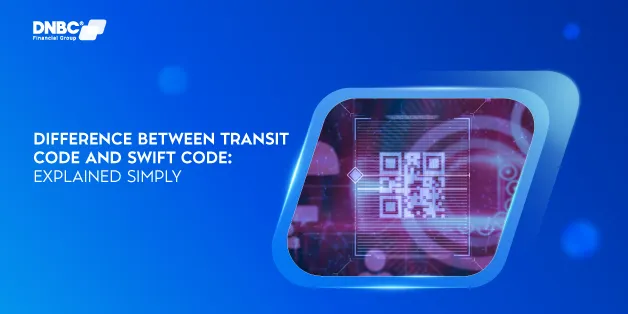
Difference Between Transit Code and SWIFT Code: Explained Simply
01 October 2025
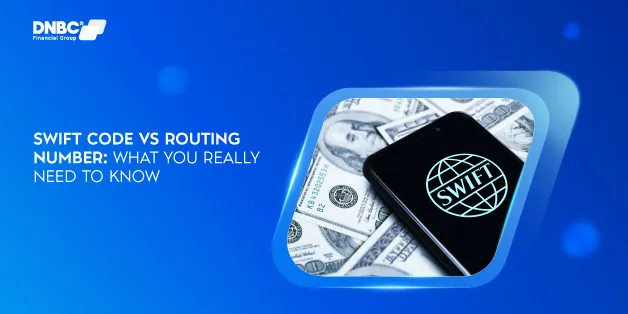
Swift Code vs Routing Number: What You Really Need to Know
01 October 2025
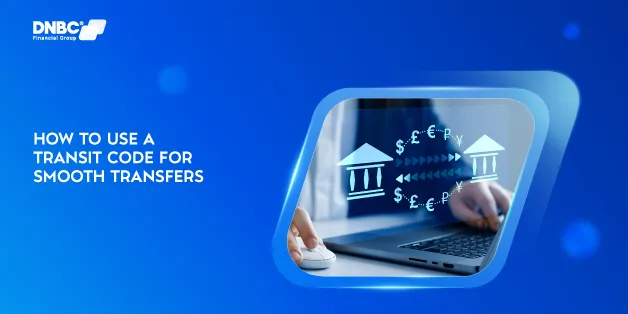
How to Use a Transit Code for Smooth Transfers
01 October 2025
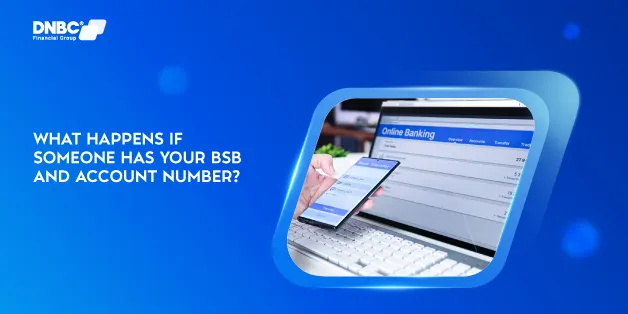
What Happens If Someone Has Your BSB and Account Number?
01 October 2025
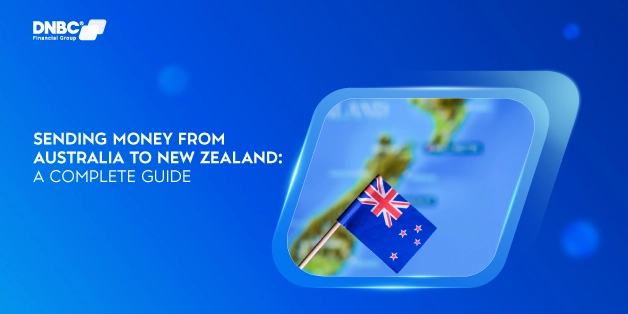
Sending Money from Australia to New Zealand: A Complete Guide
01 October 2025